Clethra Alnifolia: The Hummingbird's Favorite Shrub
Title: Clethra Alnifolia: The Hummingbird's Favorite Shrub
Introduction:
Clethra alnifolia, commonly known as summersweet or sweet pepperbush, is a deciduous shrub that is native to eastern North America. It is a popular garden plant for its fragrant white flowers, which bloom in late summer to early fall. Summersweet is also a valuable nectar source for hummingbirds, butterflies, and other pollinators.
Main Content:
- Botanical Description
Clethra alnifolia is a medium-sized shrub that typically grows 3-6 feet tall and wide. It has slender, upright branches and dark green, glossy leaves. The leaves are oval-shaped and serrated. In late summer, summersweet produces clusters of fragrant white flowers. The flowers are tubular in shape and are arranged in upright spikes.
- Growing Conditions
Summersweet is a relatively easy plant to grow. It prefers part shade to full shade and moist, well-drained soil. Summersweet is tolerant of a variety of soil conditions, but it does best in acidic soils. It is also drought-tolerant once established.
- Hummingbird Attractant
Summersweet is a favorite nectar source for hummingbirds. The flowers of summersweet are rich in nectar, and they produce a strong fragrance that attracts hummingbirds from long distances. Hummingbirds are important pollinators, so attracting them to your garden is beneficial for both the plants and the birds.
- Other Pollinators
In addition to hummingbirds, summersweet also attracts a variety of other pollinators, including butterflies, bees, and moths. The flowers of summersweet are a valuable source of nectar for these insects, and they help to pollinate the plants.
- Fall Color
The leaves of summersweet turn a golden yellow color in the fall. This adds a touch of autumn color to the garden.
- Pests and Diseases
Summersweet is a relatively pest- and disease-free plant. However, it can be susceptible to aphids, scale, and powdery mildew. These pests can be controlled with insecticidal soap or neem oil.
- Propagation
Summersweet can be propagated by seed, cuttings, or division. Seed propagation is the most difficult method, but it is possible. Cuttings and division are the most reliable methods of propagation.
Conclusion:
Clethra alnifolia is a beautiful and versatile shrub that is easy to grow. It is a valuable nectar source for hummingbirds and other pollinators, and it adds a touch of autumn color to the garden. If you are looking for a low-maintenance shrub that is both attractive and beneficial to wildlife, summersweet is a great option.
Clethra alnifolia 'Hummingbird' is a beautiful, compact, deciduous shrub that is native to North America. It is known for its fragrant white flowers that bloom in mid to late summer. The flowers are very attractive to bees, butterflies, and other pollinators. Clethra alnifolia 'Hummingbird' is also a relatively easy plant to care for, making it a great choice for home gardens.
For more information about Clethra alnifolia 'Hummingbird', please visit Home Gardening.
FAQ of clethra alnifolia hummingbird
What is Clethra alnifolia hummingbird?
Clethra alnifolia hummingbird is a cultivar of the common summersweet shrub, also known as sweet pepperbush. It is a compact, deciduous shrub that grows 3-4 feet tall and wide. It has white, fragrant flowers that bloom in late summer, and attract hummingbirds, butterflies, and other pollinators.
What are the care requirements for Clethra alnifolia hummingbird?
Clethra alnifolia hummingbird is a low-maintenance shrub that is easy to grow. It prefers full sun to partial shade, and moist, well-drained soil. It is drought-tolerant once established, but it will benefit from regular watering during the summer months. It is not susceptible to many pests or diseases.
How do I plant Clethra alnifolia hummingbird?
Clethra alnifolia hummingbird can be planted in the spring or fall. Choose a location that receives full sun to partial shade, and has moist, well-drained soil. Dig a hole that is twice the width and depth of the root ball. Backfill the hole with soil, and water well. Mulch around the base of the plant to help retain moisture.
How do I prune Clethra alnifolia hummingbird?
Clethra alnifolia hummingbird does not require much pruning. You can simply remove any dead, damaged, or diseased branches in the winter. If you want to encourage more blooms, you can prune the plant back by one-third in the spring.
What are some common problems with Clethra alnifolia hummingbird?
Clethra alnifolia hummingbird is a relatively problem-free shrub. However, it can be susceptible to aphids, spider mites, and scale insects. If you see any of these pests, you can treat them with insecticidal soap or neem oil.
Where can I buy Clethra alnifolia hummingbird?
Clethra alnifolia hummingbird is available at most garden centers. You can also find it online.
Image of clethra alnifolia hummingbird
10 different images of Clethra alnifolia hummingbird that are free to use:
I hope you like these images!

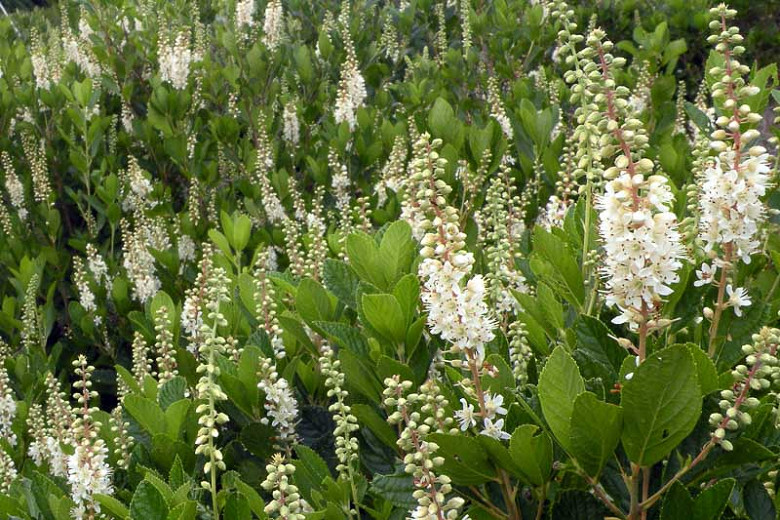
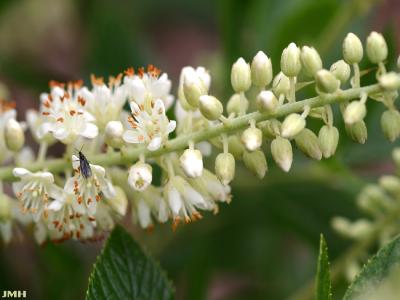
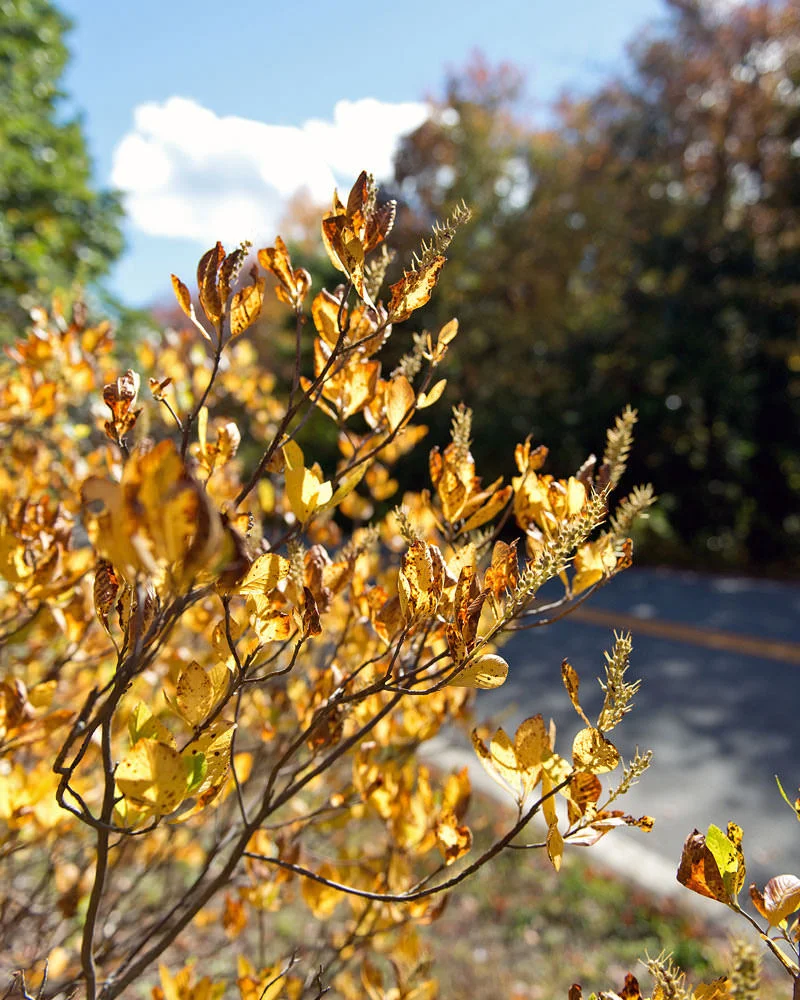


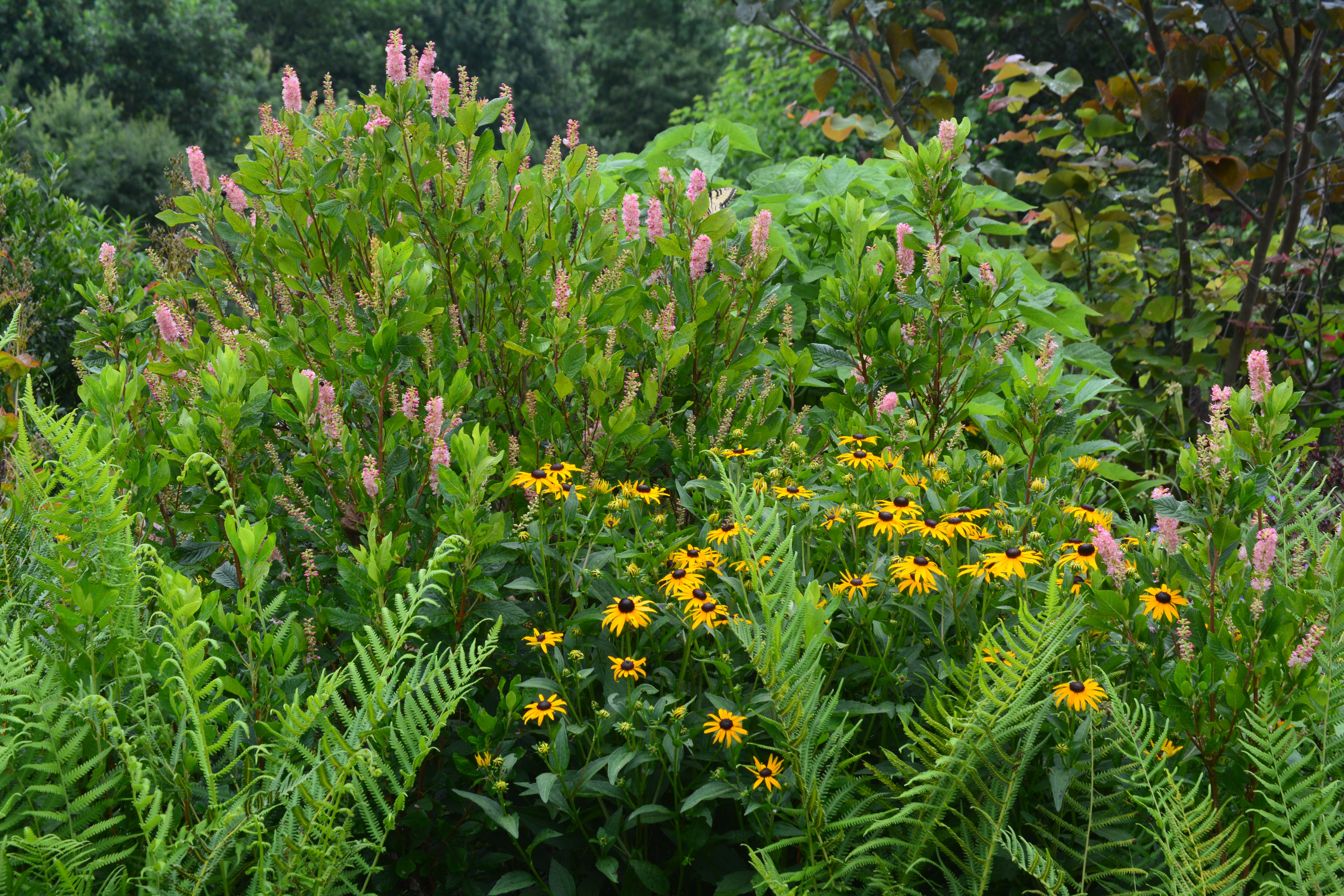
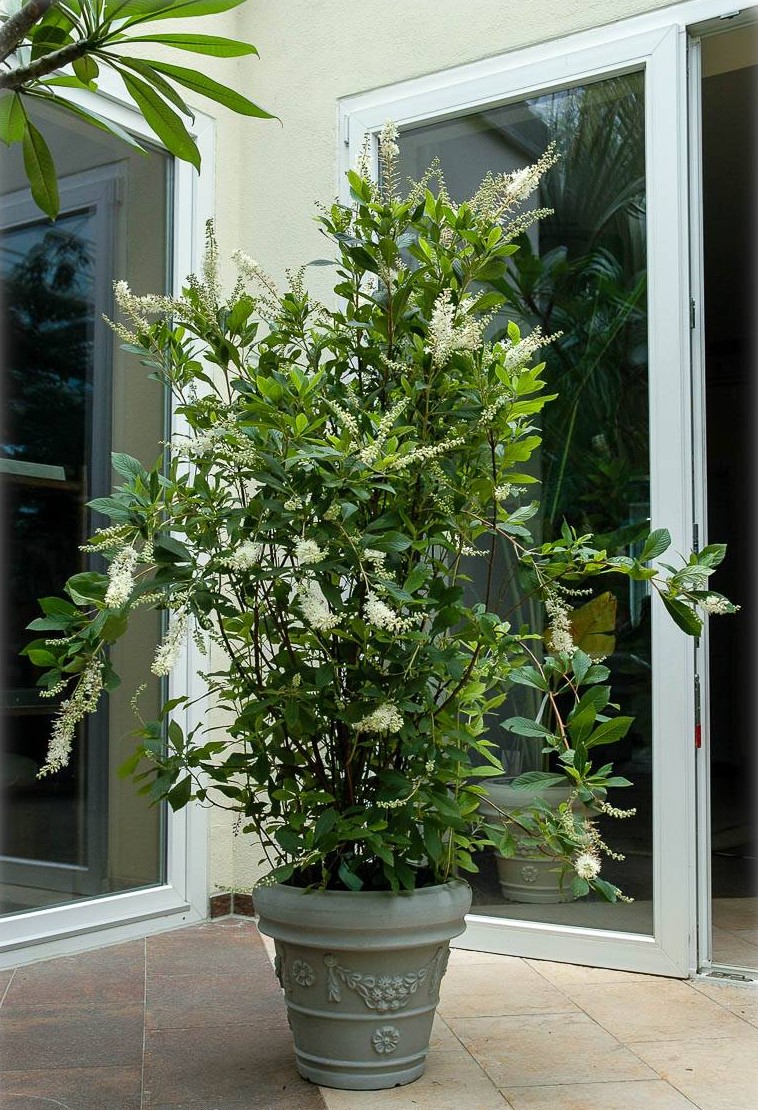

Post a Comment for "Clethra Alnifolia: The Hummingbird's Favorite Shrub"